Subtotal: R355.00
Hall Current 8 Click – 25A
R650.00 ex. VAT
Hall Current 8 Click is a compact add-on board that contains a precise solution for AC/DC current sensing. This board features the TLI4971-A025T5, a high-precision coreless current sensor for industrial/consumer applications from Infineon Technologies. The TLI4971-A025T5 has an analog interface and two fast overcurrent detection outputs, which support the protection of the power circuitry. Galvanic isolation is also provided according to the magnetic sensing principle. Infineon’s monolithic Hall technology enables accurate and highly linear measurement of currents with a full scale up to 25A. This Click board™ is suitable for AC/DC current measurement applications: electrical drives, general-purpose inverters, chargers, current monitoring, overload, over-current detection, and many more.
Hall Current 8 Click is supported by a mikroSDK compliant library, which includes functions that simplify software development. This Click board™ comes as a fully tested product, ready to be used on a system equipped with the mikroBUS™ socket.
Stock: Lead-time applicable.
| 5+ | R617.50 |
| 10+ | R585.00 |
| 15+ | R552.50 |
| 20+ | R531.70 |

 microSD Click
microSD Click 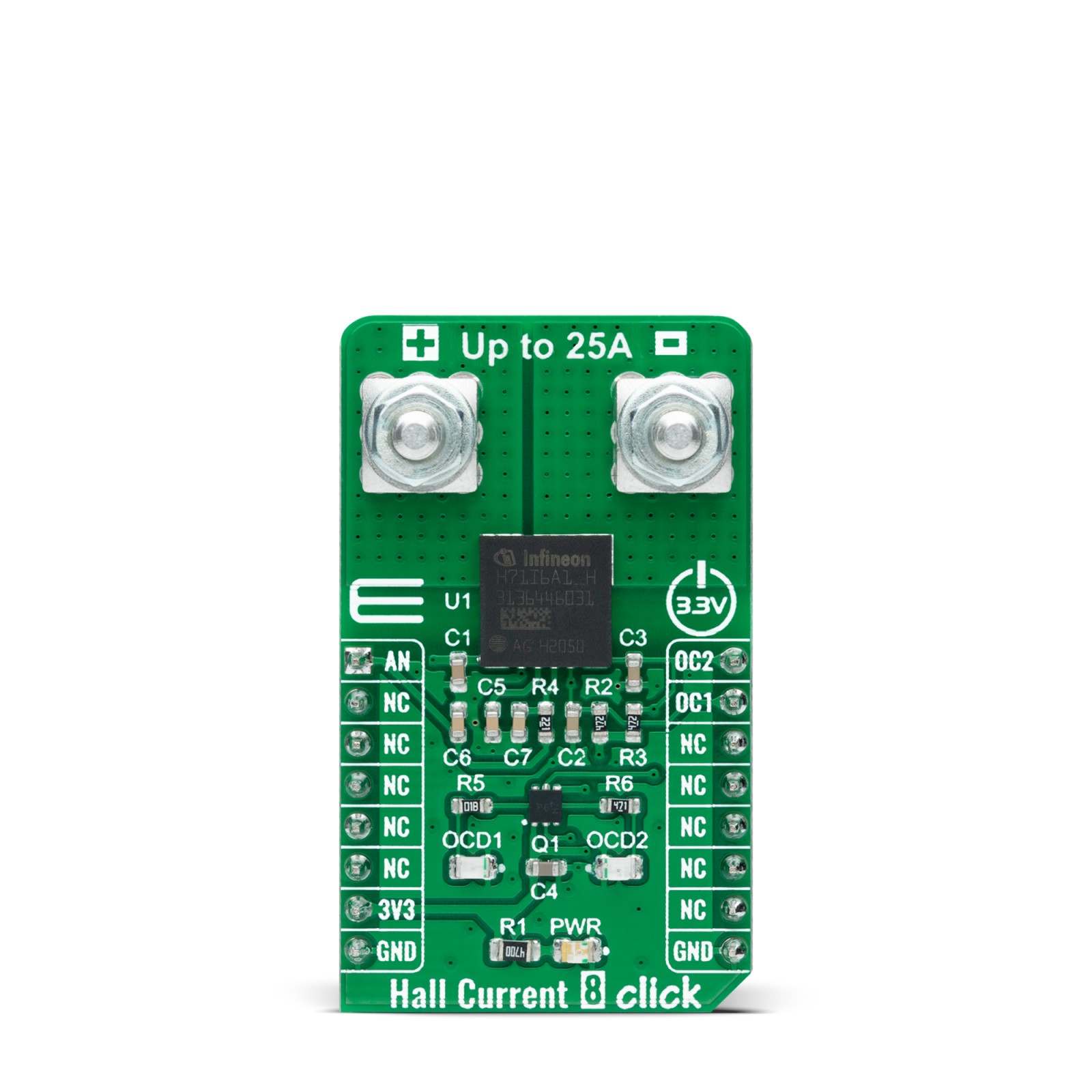
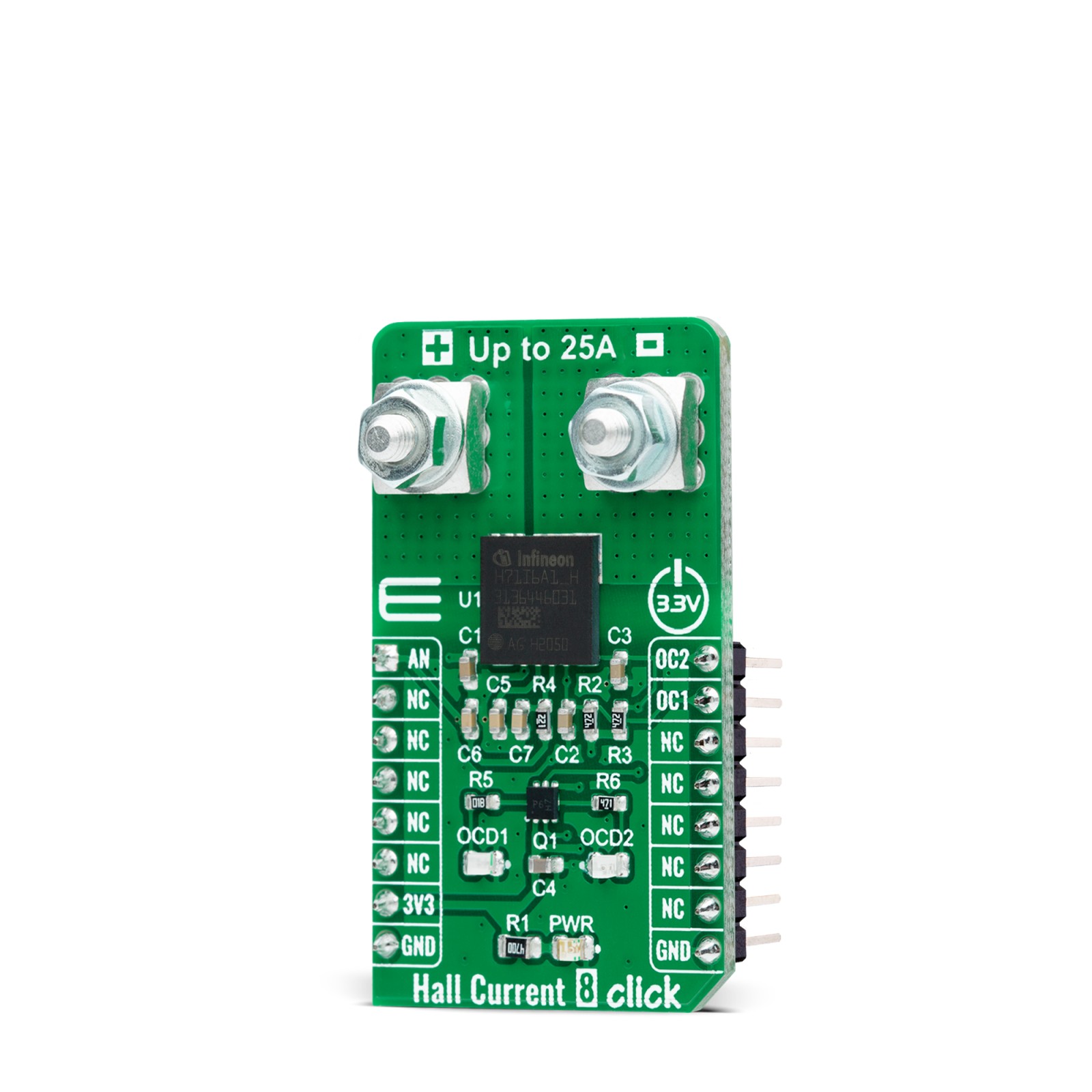
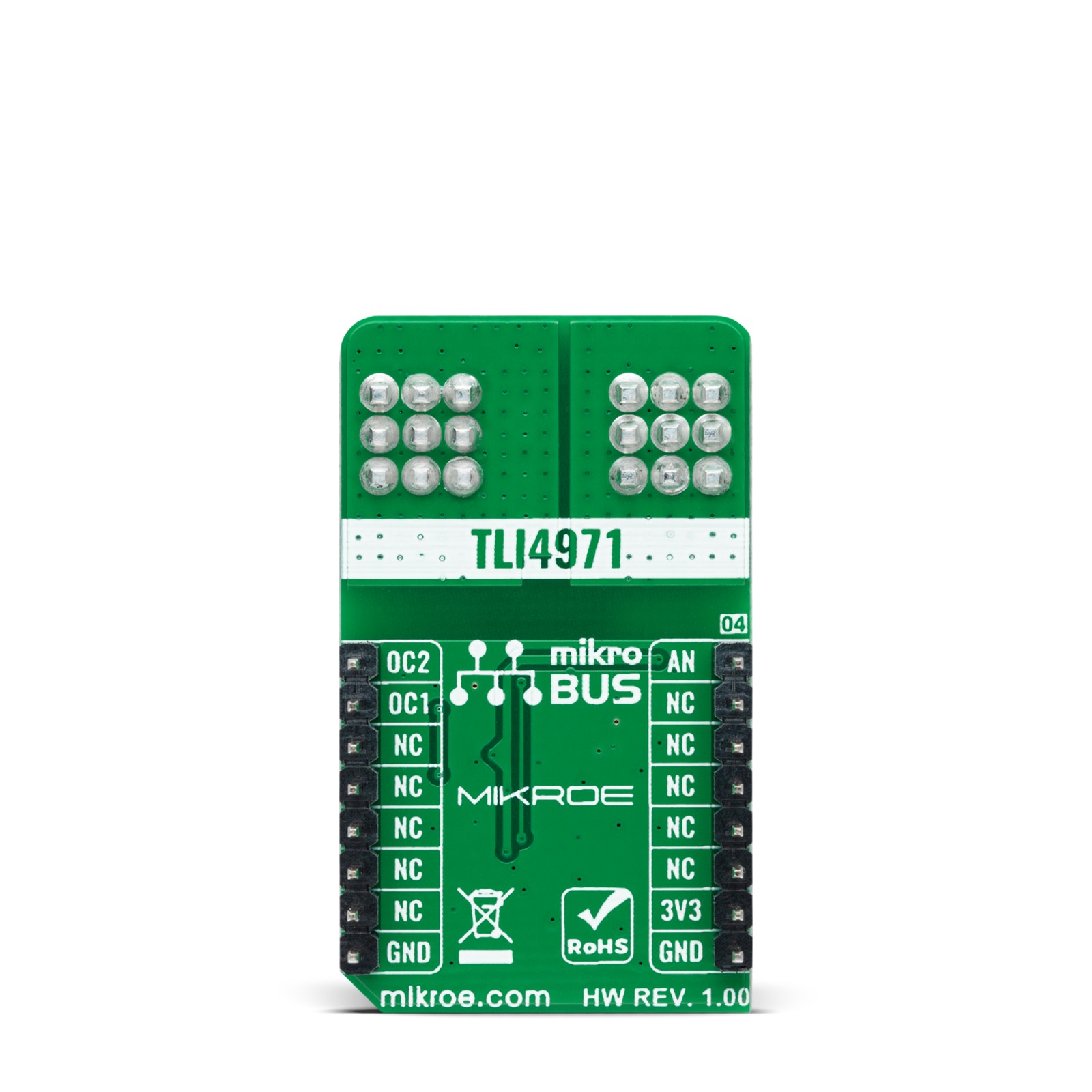
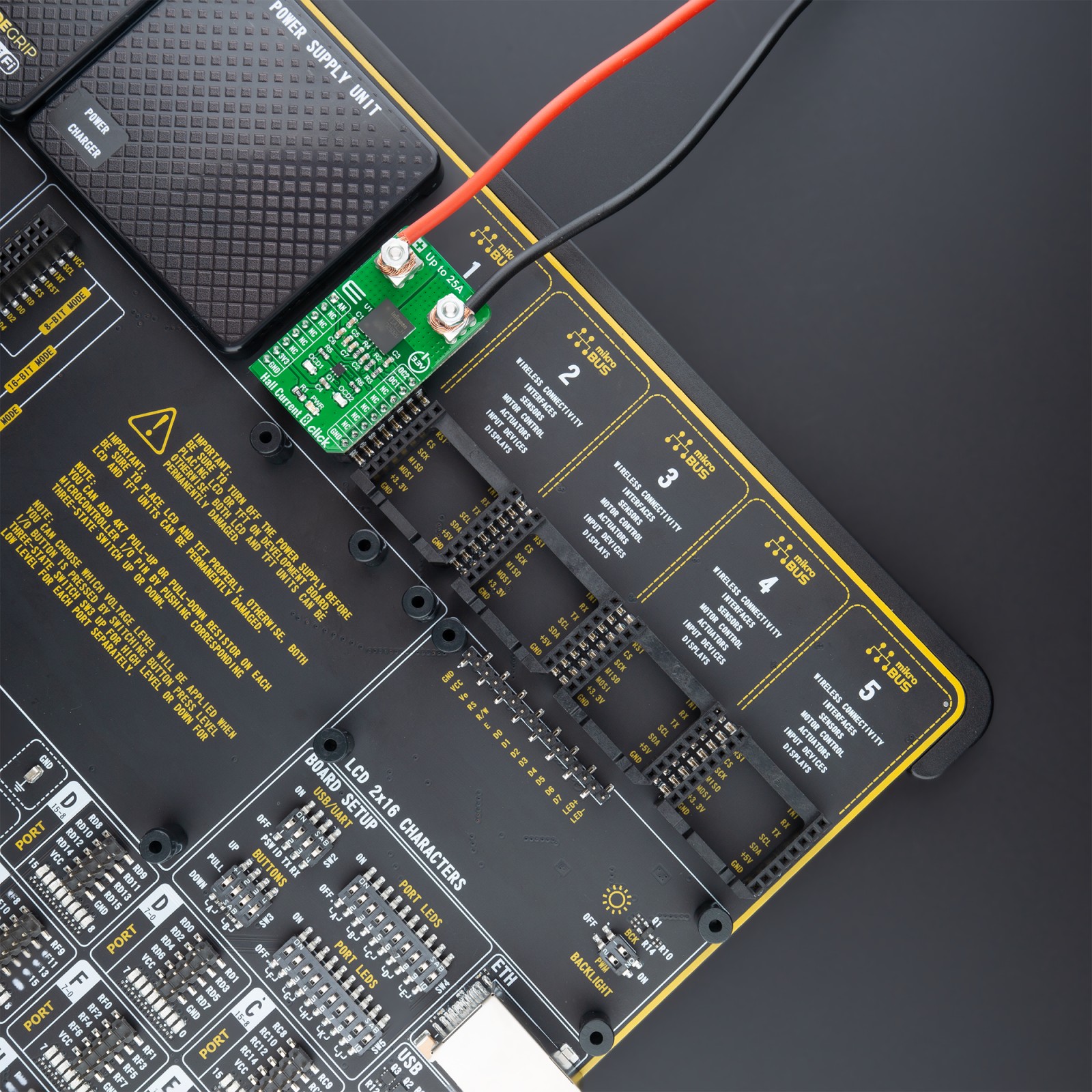
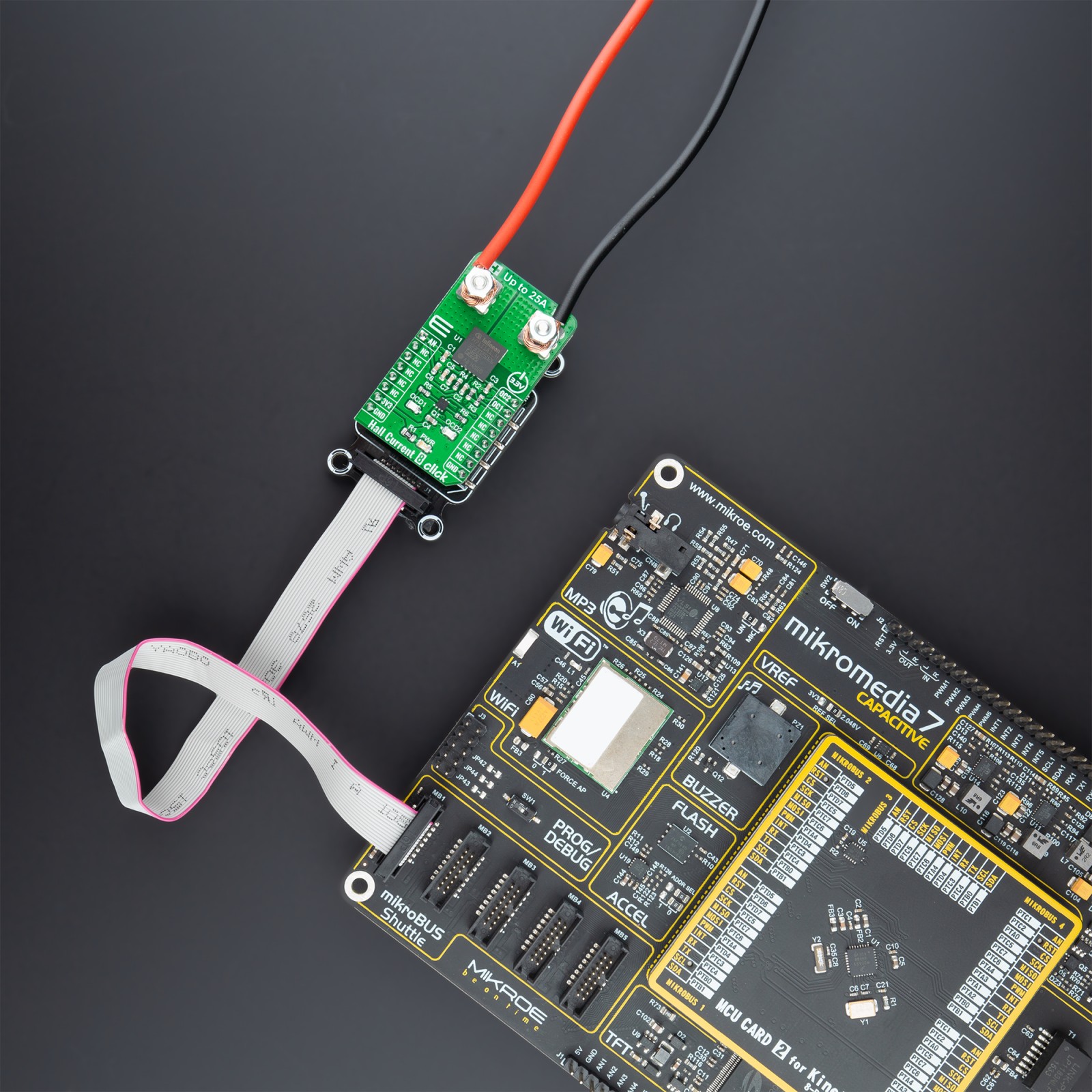
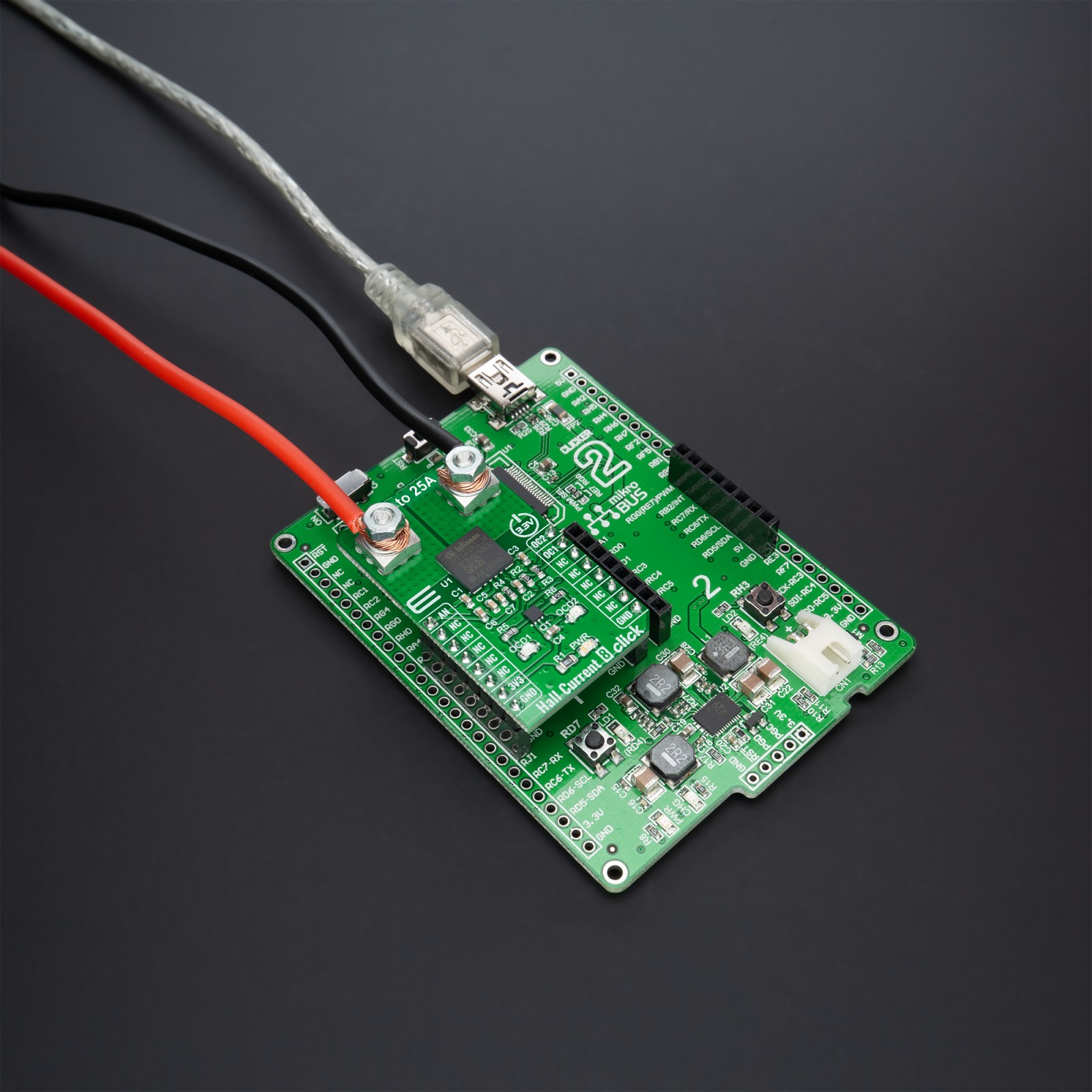
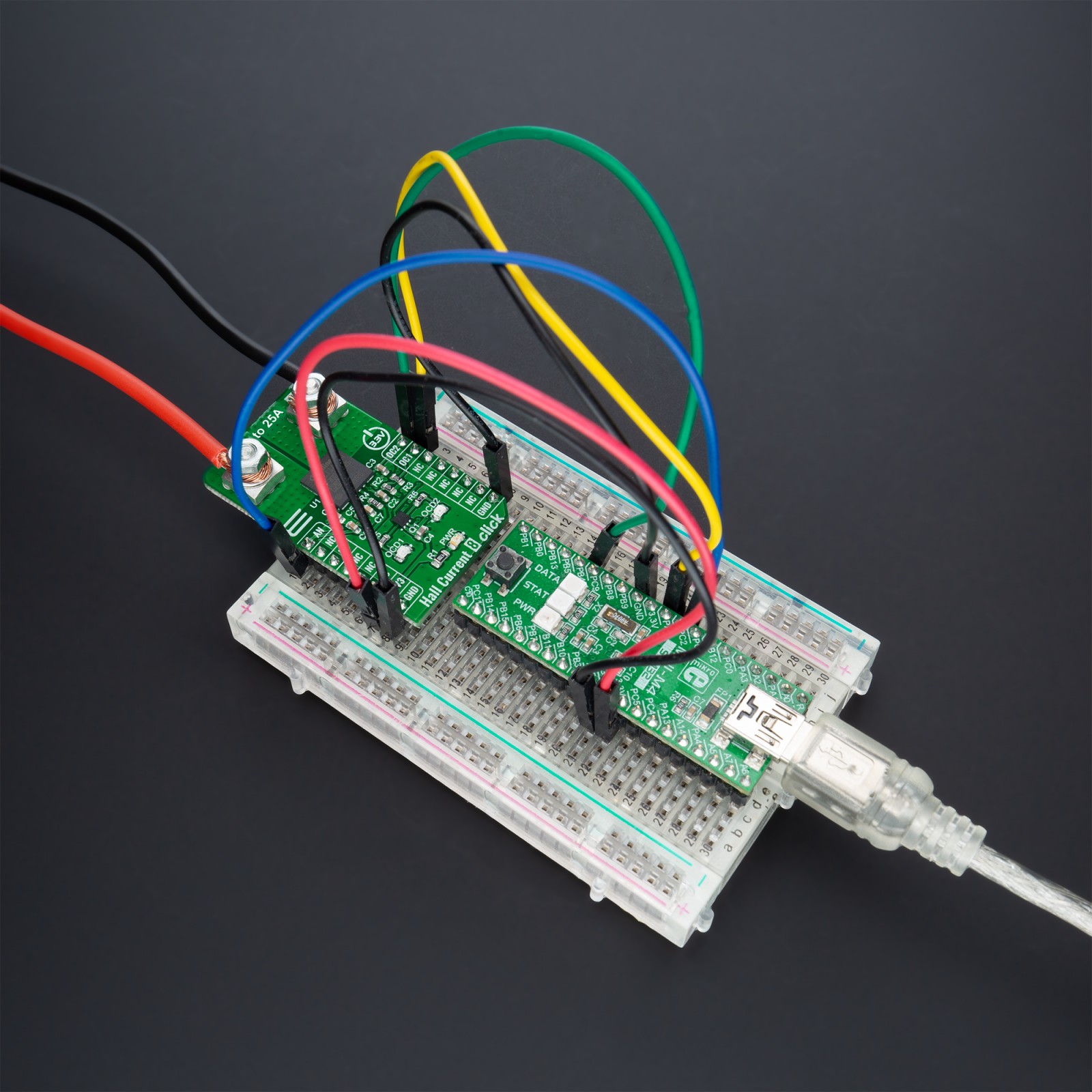

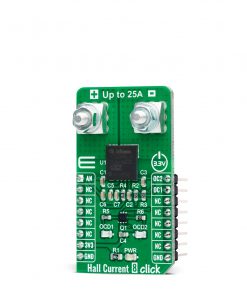
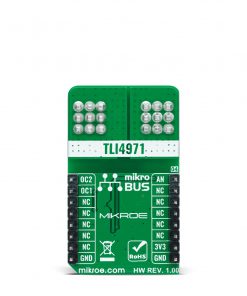
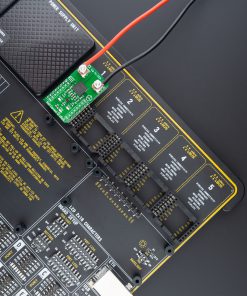
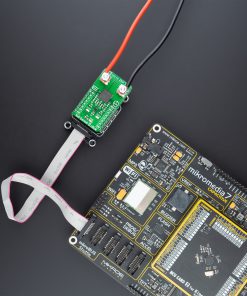
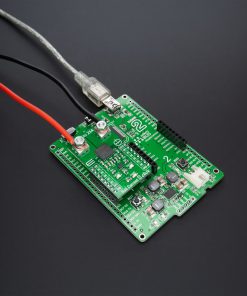
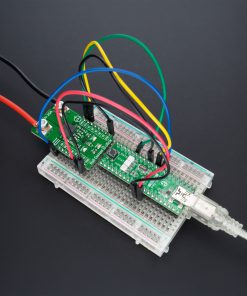
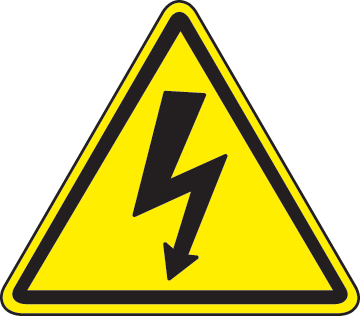 DO NOT TOUCH THE BOARD WHILE THE EXTERNAL POWER SUPPLY IS ON!
DO NOT TOUCH THE BOARD WHILE THE EXTERNAL POWER SUPPLY IS ON!.jpg)








